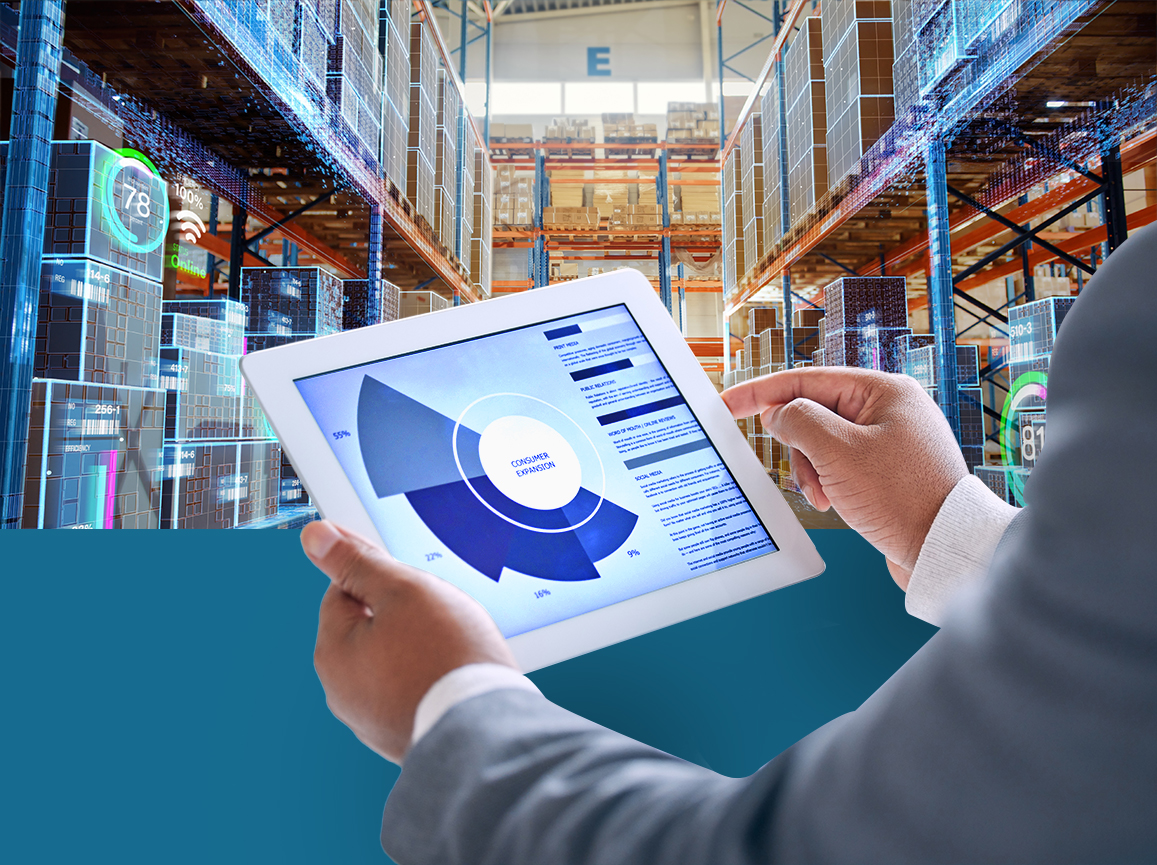Keeping a Check on the Growing Complexity of Your Supply Chain
The Coronavirus pandemic is not unique in its ability to severely disrupt the world’s supply chains. The time is now for chief supply chain officers (CSCOs) and supply chain executives to prepare for future events like trade disputes, cyberattacks, natural disasters, and global health emergencies. That begins with gaining full visibility over their supply chains, although that’s easier said than done given how complex supply chains have become.
The increasing complexity of supply chains is not a short-lived trend that will disappear once the world recovers from the pandemic. According to Gartner, supply chains have always been complex — with thousands of suppliers, partners, and products spanning a footprint that includes hundreds of sites and markets. Put simply, complexity keeps growing — supply chains add but rarely subtract it.
Understanding the Future of Supply Chain
More than 50 percent of supply chain leaders Gartner surveyed expect complexity to increase over the next five years in most aspects of the operating model (e.g., equipment, projects changing design, business models, business partners), wreaking havoc on costs, risk, reliability, service level, customer satisfaction, and the ability to implement change.
CSCOs face the constant threat of major supply chain disruptions as their companies adjust (or overhaul) their pre-pandemic business models and continue adding new suppliers, intermediaries, and sales channels to their B2B value chains. Achieving full supply chain visibility will enable them to proactively identify and mitigate potential disruptions.
Increasing visibility begins by improving communications among all transportation service and logistics providers (TSLs). For starters, transaction formats vary among partners and transactions; there is a wide array of variations across ocean freight, intermodal rail transportation, 3PL breakbulk operations, truckload and LTL carriers, warehouse operations, and ‘last mile.’ Truckload and LTL may appear similar, but they are far from aligned. Ocean, rail, and intermodal transportation are just as disparate, and there are huge differences between 3PL, 4PL, and direct-to-consumer (D2C), yet they often work together. However, since enterprise-level systems in these transportation service areas are just as specialized, collaboration on a common platform is untenable.
TSLs who use multiple electronic data interchange (EDI) solutions are particularly vulnerable. Multiple EDI solutions mean more complications, more upgrades, and more interruptions. It also means spending less time concentrating on the tasks that are currently being performed and more time and resources on applications, cross-training, and “backup” planning in order to maintain consistent outcomes and increase productivity. The flow of event information across various partnerships becomes uneven and collaboration is challenging. The result is a tedious and seldom integrated partner-to-partner relationship that is too dependent on human intervention.
Perhaps nowhere is the impact of these issues more evident than on the rows of empty supermarket shelves. The baby formula shortage making news headlines is just the latest example of the many necessities like meat, eggs, dairy, and paper products that have been in short supply for more than two years. Constrained warehousing and severe driver/trucking shortages have manufacturers struggling to meet demand, which drives up costs, particularly for retailers who lack supply chain visibility and resiliency.
Increased Visibility in Action
For example, a leading American baking company that has provided its signature line of flours to retailers, commercial bakeries, and food service companies, recognized the threat the pandemic represented to its vast network of farmers, millers, and distribution partners. It implemented PartnerLinQ to process transactions faster and more efficiently and gain the ability to identify, troubleshoot, and resolve any errors that could disrupt communications and operations.
PartnerLinQ by Visionet is a digital supply chain connectivity solution with a host of innovative capabilities that seamlessly connect multi-tier supply chain networks, channels, marketplaces, and core systems worldwide to deliver unified connectivity for the future. With capabilities for intelligent automation, multi-channel integration, and real-time analytics, PartnerLinQ is the epitome of Visionet’s mission to meet the essentiality of connectivity, visibility, transparency, and resilience in today’s supply chains worldwide.
Additionally, PartnerLinQ’s detailed reporting capabilities allow the company to track key performance indicator (KPI) metrics and other data and better understand transaction messages, message types, and performance volumes.
Today, the company can handle hundreds of thousands of transactions per day – nearly double the required capacity and is much better positioned to drive even greater efficiencies and adapt to the unexpected with cooperative technologies that provide real-time updates and actionable insights.
Further Insight into Future-Ready Solutions
Next month, CSCOs and supply chain executives from all over the world will convene in Orlando, Fla., for Gartner® Supply Chain Symposium/Xpo™ 2022 – the year’s largest event dedicated to helping supply chain leaders prepare for disruption, enable digital transformation and build sustainability as a competitive advantage. On Monday, June 6, Ahmed Raza, Vice President – Head of Product Engineering and Strategy at PartnerLinQ by Visionet, will lead a presentation on how to identify and understand growing supply chain challenges and outline effective and proven strategies that can help any business keep their growing supply chains in check while providing end-to-end visibility and complete control.
Attendees are invited to visit our booth (Booth # 109) and speak with our executive team about exciting new trends and solutions. In addition, we hope you’ll join us for a special 45-minute roundtable discussion on Tuesday, June 7 with Deepak Das, Senior Vice President – Digital Transformation at Visionet, on “Achieving Complete Visibility of a Supply Chain.”
Whether or not you plan to attend the Gartner event, you can follow this link to download our whitepaper, “Supply chain visibility: An imperative for transportation service providers” and contact us to schedule a demonstration of how PartnerLinQ can help your organization achieve full supply chain visibility.
 PartnerlinQ
PartnerlinQ






